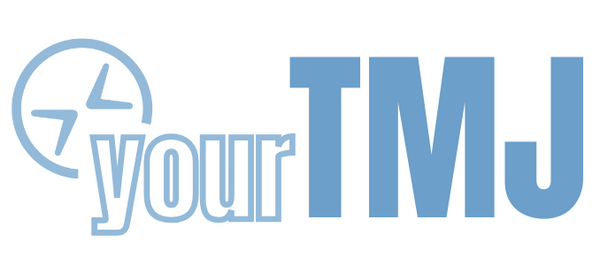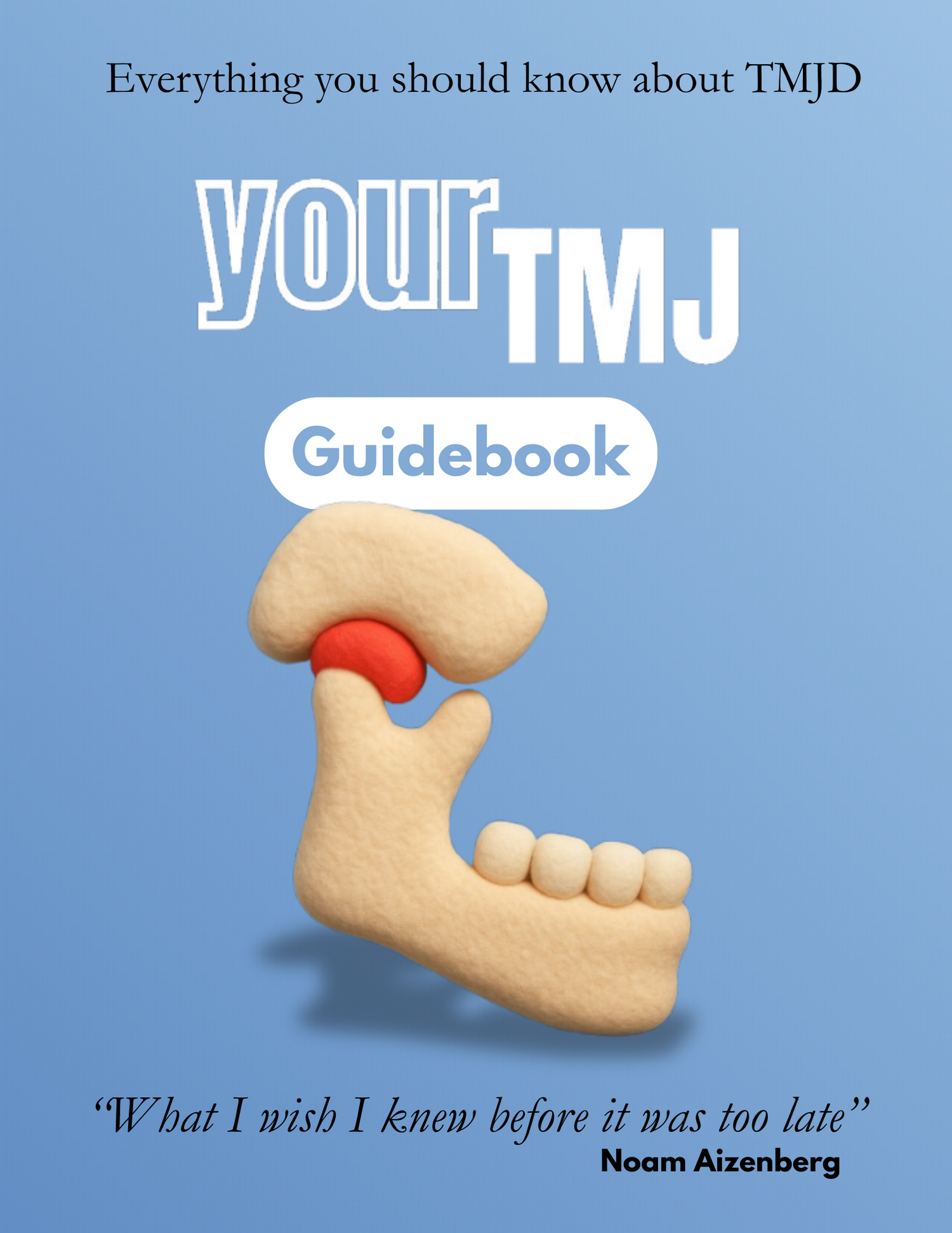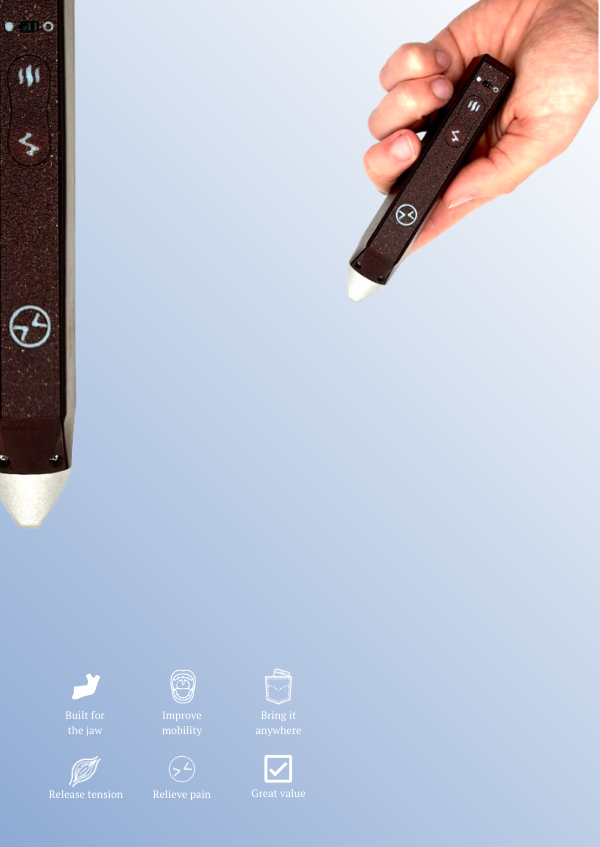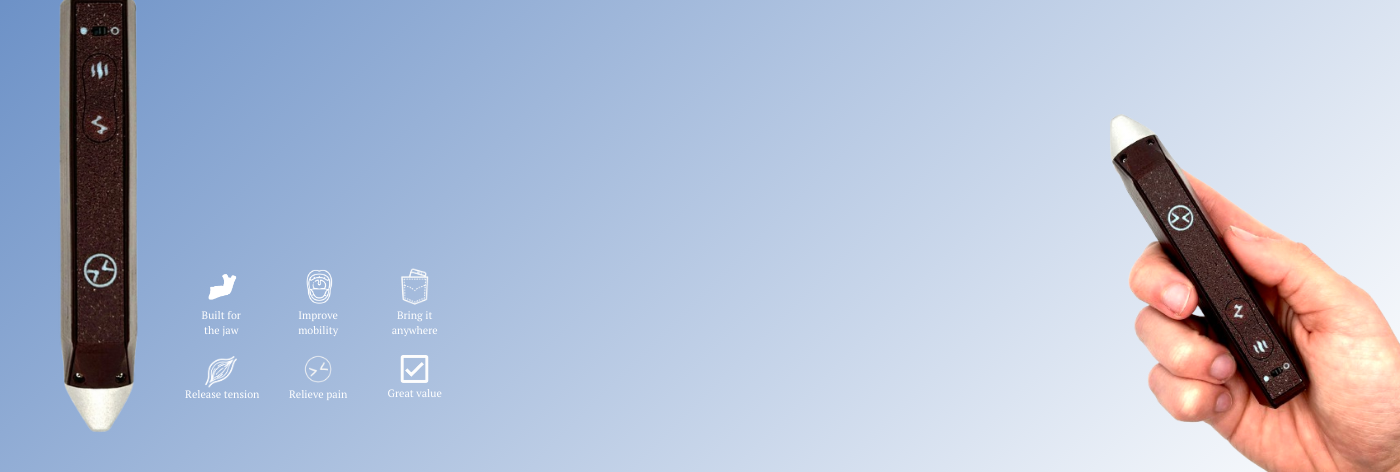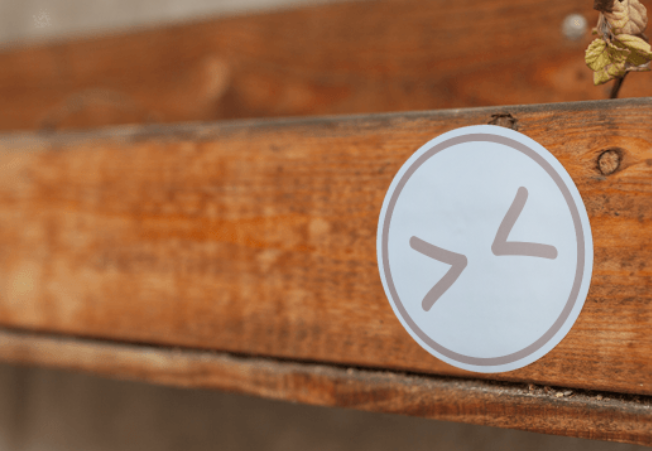Why TMJ Happens
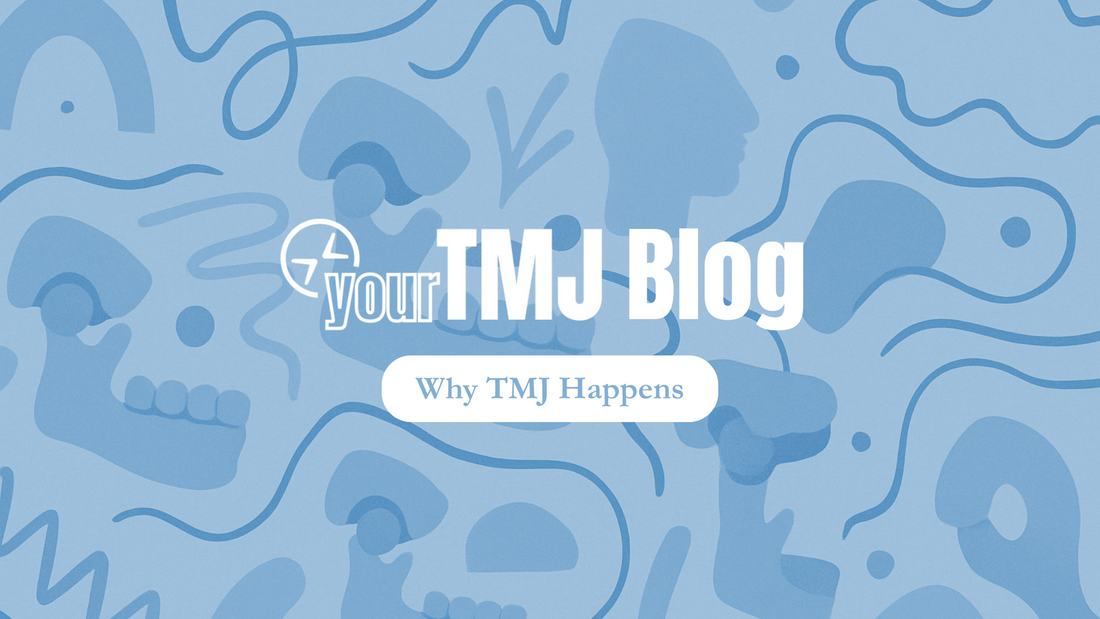
Understanding why TMJ disorders (TMDs) happen isn't straightforward, no matter how many quick-fix solutions are pretending to be out there. The reality is, TMJ disorders occur because your jaw joint is part of an incredibly complex system involving bones, muscles, ligaments, nerves, posture, sleep, and even breathing. When one element of this system is disrupted, it can set off a chain reaction.
First, let’s briefly review the anatomy involved: your temporomandibular joint (TMJ) connects your lower jaw (mandible) to your skull. Unlike most joints, your TMJ is actually two joints working simultaneously, constantly under stress from strong muscles like your masseters (the primary chewing muscles).
Here are the primary reasons things can go wrong, and at the end there's a link to a guide on how to correct it:
-
Jaw Resting Position
Ideally, your jaw should rest centered within the joint—not pushed back. Many people unintentionally adopt a mandibular retracted posture, meaning their lower jaw sits too far back. This position places continuous pressure on sensitive tissues at the back of the joint, leading to pain, disc displacement, muscle tension, and potentially long-term degeneration.
-
Posture and Its Impact
Mandibular retracted posture is a significant contributor to TMD symptoms. Whether from habitual jaw clenching, poor posture, or structural issues, holding your jaw in this retracted position consistently stresses your joint and surrounding muscles. Additionally, overall body posture—especially forward head posture—can exacerbate this issue by placing further backward and downward pressure on the jaw. Over time, these combined posture issues can lead to clicking, disc displacement, muscle spasms, and ongoing joint pain.
-
Muscle Dysfunction and Trigger Points
Muscle tightness, especially in the masseter and pterygoid muscles, contributes heavily to TMJ pain. Chronic muscle tension can create trigger points—small, painful knots that send referred pain across your face, head, and even teeth, leading to headaches, facial pain, and discomfort.
-
Breathing and Jaw Development
Breathing habits significantly impact jaw health, especially during childhood and adolescence. Mouth breathing prevents the tongue from resting on the roof of the mouth, resulting in underdeveloped jaws. This underdevelopment forces the lower jaw backward, setting the stage for future TMJ issues.
-
Orthodontic Treatments and Bite Issues
Orthodontics can sometimes inadvertently contribute to TMD by prioritizing the alignment of teeth without adequately considering joint health. If your bite does not align comfortably with your jaw joint's natural position, your jaw compensates, creating strain, discomfort, and possible disc displacement.
-
Teeth Grinding and Clenching (Bruxism)
Bruxism, or teeth grinding, often points to underlying jaw instability. This condition, during the day or at night, strains the jaw muscles and places excessive force on delicate joint structures, significantly accelerating joint degeneration and increasing the likelihood of arthritis and disc-related issues.
How you can treat/cure your TMJ Disorder:
If I were you, I'd be unsatisfied with the lack of details and information in this blog post. Which is why I wrote a 76 page guidebook for patients who actually want to get to the bottom of their TMD and navigate the treatment options available to them. It's completely free, and you can find the web version here:
https://yourtmj.com/blogs/yourtmj-blog/yourtmj-guidebook-what-is-tmj-and-how-can-you-treat-it
